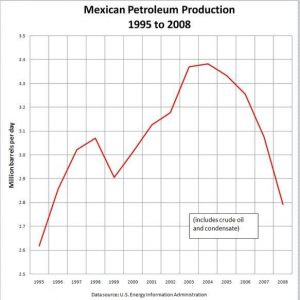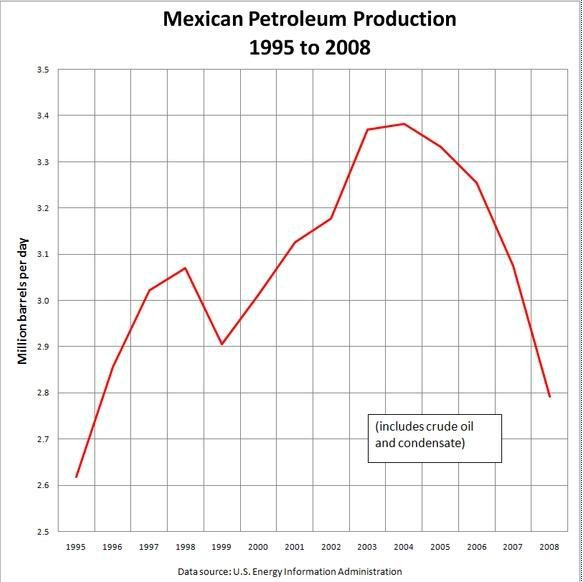By Manzanillo Sun Writer from the September 2014 Edition
In today’s tumultuous, turbulent economic climate, the financial uncertainty of the future is a top concern for the majority of people who are actually paying attention to what is transpiring in global markets. At the time of the writing of this article originally, the US government’s historically rock solid credit rating had already been downgraded and the short-term fate of the Eurozone’s economies was to be decided as the morning’s opening bells would begin to ring.
The million “dollar” question remains to be unanswered: “What actions should we take now in order to help insure a financially stable and successful future?” Perhaps only the Buffets, Slims and Gates of the world really have all the answers, but one action that many of us can immediately take on the local level is to invest in solar electric energy systems with solar panels for our homes and businesses.
Fully utilizing the abundant solar energy resource that we have here in Mexico is a no brainer. Many people are already familiar with solar hot water heaters for domestic water heating and increasingly more savvy homeowners are considering or have already decided to use solar electric “photovoltaic or PV” systems to significantly reduce or eliminate their expensive CFE electric bills.
Many people are often shocked when they find out that electricity costs here are 3-5+ times more expensive per unit of electricity (Kilowatt Hour or kWh) than what they were used to paying in their home countries; especially for those who have already entered into the highest electrical tier known as the dreaded “DAC” rate. The DAC stands for “Domestica de Alta Consumo” and means High Use Domestic tariff in English. In Central Mexico, a home enters into the DAC rate structure when average electrical consumption is above 500 Kilowatt hours (kWh) per bi-monthly bill over the last 12 months. (800 Kilowatt hours in hotter coastal regions that use a lot of air conditioning). In order to get out of the DAC tier and back down into one of the 3 lower electrical tiers, the 12 month rolling average consumption must be reduced to below the magic 500 kWh per bill limit (250 kWh per month).
Energy efficiency and conservation measures should always be part of the optimal solution. However, many modern lifestyle homes will still require a solar electric “PV” system that generates clean solar electricity to really get that outrageously high CFE bill under control. Through a completely legal process called Net Metering, any time a solar electric system is generating more electricity than the home needs, this excess electricity production will be “sold” or sent out to the CFE electrical grid through the meter and credited for use during the nighttime or on cloudy days. Any excess credits that are generated during a 2-month billing cycle will be automatically rolled over to the next billing cycle and can be applied toward future months or “banked” for times of the year when a home’s electrical usage is higher. OK, sounds great. Now let’s see some numbers. The initial investment for a turn-key solar electric system in Central Mexico typically runs in the $6,000 – $16,000 USD range and is directly related to the amount of energy a home consumes. In hotter coastal regions such as Vallarta, the average system is in the $9 – 19,000 USD range. The higher the electric bill, the greater the initial investment required.
When properly sized according to a home’s electrical needs to get out of the DAC rate, a solar electric system can fully return its initial investment in 4 years or less (simple payback). The Return on Investment (ROI) as a percentage in the first year is in the 16+% range and is a direct result of the savings/cash flow from the new lower electric bill. This ROI can be used when comparing the solar solution to other opportunities such as savings accounts, CD’s, IRA/401k, bonds, stocks, etc. Where can one get those sorts of investment returns in banks or the financial markets today?
Note that in following years the return on investment should get even better as electric rates in the highest tiers continue to increase with associated rising petroleum and fossil fuel energy costs. In affect this creates a hedge, or protection, against future energy cost increases which have historically averaged around a 10% compound annual growth rate for the DAC tier in Mexico.
Another benefit is the ability to reduce or eliminate one of the home’s highest operating costs and thus allowing for better control of future expenditures for those living on a fixed income.
In essence, one is also making the decision to own their electricity generation source instead of choosing to rent it and thus throw away money in the form of payments to the CFE electric company for high electric bills. Also, the solar panels of the solar electric system have a 25 year warranty from the manufacturer and can be considered a smart short, medium and long-term investment with little to low maintenance required. As a final bonus, there are also now research studies available highlighting the home’s increased resale value as a result of installing a solar electric system and lowered annual operating costs. If a solar electric system sounds like a viable, intelligent and simple solution to rising energy costs- you are correct. Please make sure that you choose to work with only the best, local, trusted reputable solar solutions provider that has over a decade of experience, uses only the highest quality proven solar equipment, has professional designers on staff, specially trained technicians and utilizes installation practices according to North American standards. Did we mention friendly courteous, prompt, profesional, first class local service to protect your investment for years to come?!
The Big Issue:
Petroleum production in Mexico peaked around 20042005 and has been in drastic decline ever since. But why is electricity in Mexico so expensive? Over 30% of electricity in Mexico is still generated using petroleum and petroleum derivatives (bunker fuel). Because this cheap source of fuel for electricity generation is no longer available, the government has been forced to begin eliminating the subsidies on electricity that individuals, businesses and industries once enjoyed. From the present forward, every time the price of petroleum rises, so will the price of electricity.

For more information on solar energy and solar panels in Mexico: www.esunenergy.com or 01.800.099.0272 Guadalajara Puerto Vallarta Ajijic Chapala Manzanillo Colima Mexico City. All rights reserved, eSun Energía S.A. de C.V.
Download the full edition or view it online
Manzanillo Sun’s eMagazine written by local authors about living in Manzanillo and Mexico, since 2009





You must be logged in to post a comment.